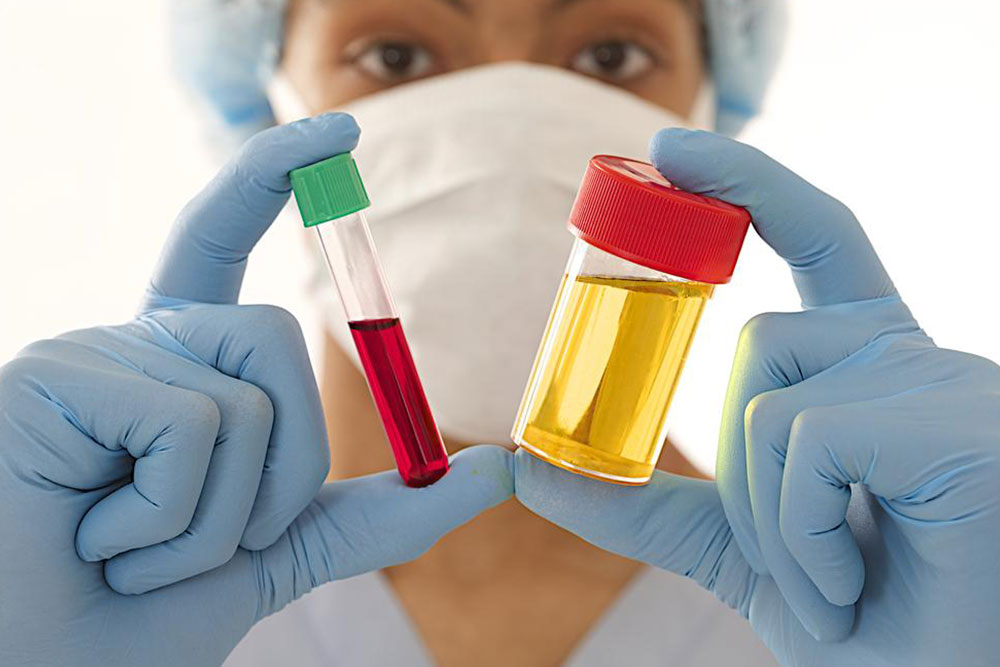Recognizing Early Symptoms and Diagnostic Techniques for Kidney Infections
Early detection of kidney infections is vital for effective treatment and preventing long-term damage. Recognizing common symptoms like fever, back pain, and urinary changes, combined with diagnostic tests such as urinalysis and imaging, can significantly improve outcomes. This comprehensive article explores the signs, symptoms, and diagnostic methods essential for indentifying and managing kidney infections promptly.

Key Indicators of Kidney Infection and How to Detect Them
The human kidneys are essential organs that perform the critical task of filtering waste and excess fluids from our bloodstream, ensuring our internal environment remains balanced and healthy. When these vital organs become infected, it can lead to serious health issues, including severe pain, systemic infection, and even long-term kidney damage if not identified and treated promptly. Recognizing the early warning signs of kidney infections is crucial for timely medical intervention, which can prevent complications and promote quicker recovery.
Kidney infections, medically known as pyelonephritis, often start as urinary tract infections (UTIs) but involve the upper urinary tract, particularly the kidneys. These infections may present with symptoms similar to lower urinary tract infections, such as frequent urination or burning sensation during urination, making diagnosis challenging without medical tests. Therefore, understanding the symptoms and diagnostic methods is vital for early detection and effective treatment.
Symptoms to Be Vigilant About:
High fever often accompanied by chills
Shivering and sweating episodes
Burning or stabbing pain during urination
Persistent pain in the lower back or flank area (the sides of the body between the ribs and hips)
Uncomfortable sensations in the groin region
Digestive symptoms such as diarrhea and vomiting
Feeling nauseous or fatigued overall
Blood in the urine, which may appear pink, red, or cloudy
Urine that smells foul or contains pus
Feeling an urgent and persistent need to urinate, even when the bladder is empty
Increased frequency of urination episodes
Difficulty in fully emptying the bladder during urination
A general sensation of weakness or malaise
These symptoms can be subtle and overlap with other urinary conditions; thus, consulting a healthcare professional swiftly is essential for an accurate diagnosis and appropriate treatment plan.
Effective diagnosis of kidney infections involves a combination of clinical evaluations and laboratory tests. Typical diagnostic procedures include:
Urinalysis: This fundamental test checks for the presence of blood, bacteria, white blood cells, and pus in the urine, all indicators of infection.
Urine Culture: A more specific test that identifies the bacteria responsible for the infection, guiding targeted antibiotic therapy.
Imaging Studies (Ultrasound or CT scan): These imaging techniques reveal any blockages, swelling, or structural abnormalities in the urinary tract that might predispose an individual to infections.
Voiding Cystourethrogram (VCUG): A specialized X-ray procedure that captures the bladder and urethra during urination, identifying anatomical issues.
DMSA Scintigraphy: Advanced renal imaging that assesses kidney function and detects any areas of damage caused by infection or ischemia.
For men, a digital rectal exam may also be conducted to evaluate prostate health, as prostate infections can sometimes mimic or contribute to urinary symptoms. These diagnostic tests are vital because symptoms alone are insufficient for a definitive diagnosis due to their nonspecific nature. Early and accurate detection ensures prompt treatment, reduces the risk of renal damage, and alleviates patient discomfort.





